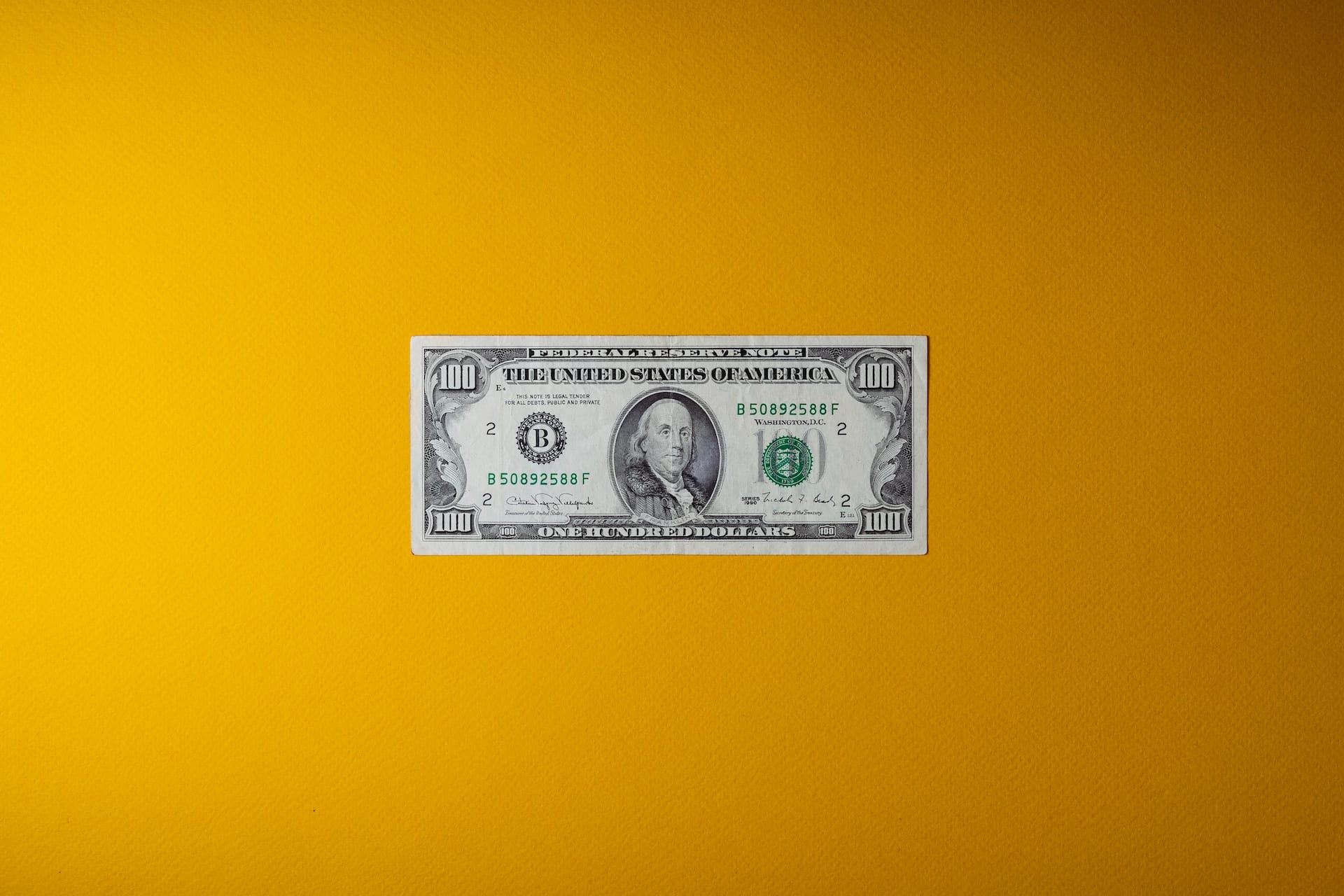Stafford Loan, or best known as Direct Loan, is the largest and least expensive of all federal student loans designed to offer low-cost financing to eligible students who completed their FAFSA.
It is offered at a lower interest rate than the borrower would otherwise be able to get for a private loan. There are, on the other hand, strict eligibility requirements and borrowing limits on Stafford Loans.
Stafford loans can either be “subsidized” or “unsubsidized” — the difference comes down to who is paying the interest that accrues.
Direct Subsidized Loan #
“Subsidized” means that the interest is paid by the government while you’re in school and when the loans are in deferment. You must, however, exhibit financial need to receive a subsidized loan. Repayment begins six (6) months after you graduate.
Direct Unsubsidized Loan #
For “unsubsidized” loan, you are responsible for all of the interest accrued from the time the loan is disbursed until it is paid off in full. The interest may be deferred throughout enrollment and added to the loan principal upon graduation.
Should I Refinance My Student Loans? #
As time passes since your graduation, it's probable that your annual income and credit history have improved. By refinancing your existing student loans you may see a dramatic reduction in your interest rate – even a few points.
While not everyone is eligible for “subsidized loans”, unsubsidized loans are available to all borrowers — undergraduate, graduate, and professional students, who meet the following conditions:
- Be a U.S. citizen with a valid Social Security number or eligible non-citizen
- Submission of FAFSA or Free Application for Federal Student Aid
- Be enrolled or plan to enroll at least half time in an eligible participating institution
- Be registered with the Selective Service (for males ages 18 to 25)
- Not in default on any existing federal student loans
Stafford Loan FAQ #
How do I qualify for a subsidized Stafford loan? #
Currently, only undergraduate students with demonstrated financial need qualify for “subsidized” Stafford loan.
Graduate/professional students no longer eligible for subsidized loans for loan periods beginning on or after July 1, 2012. Prior to July 1, 2012, graduate-level students were eligible for up to $8,500 a year.
Low-income students, notably single mothers, have a low expected family contribution, meaning they are more likely eligible for larger portion of “subsidized” Stafford loans.
How much unsubsidized loan can I get? #
If you are an undergraduate student, the maximum amount you can borrow each academic year in both direct “subsidized” loans and direct “unsubsidized” loans ranges from $5,500 to $12,500 per year, depending on what year you are in school and your dependency status.
Graduate students may borrow up to $20,500 annually and $138,500 total. Generally, the amount you borrow must not exceed your school’s total cost of attendance.
What is the current interest rate on Stafford loans? #
| Subsidized Loans | 5.50% |
| Unsubsidized Loans | 5.50% |
| Unsubsidized Loans | 7.05% |
| Origination Fee | 1.057% |
Interest rates for direct loans disbursed between July 1, 2023 and June 30, 2024.
Aside from the interest, keep in mind that you need to pay an origination fee of 1.057% based a percentage of the amount of loan you receive.
Interest rate cap for military members. Under the Servicemembers Civil Relief Act, the interest rate on your loan, including most fees, will be capped at 6% during your military service.
How can I lower my student loan interest rate? #
There is a roundabout way you can lower your interest rate. While you can’t negotiate student loan interest rates on federal loans, you can refinance your high-interest student loans by taking out a new loan at a lower rate of interest.
Eligibility for “refinancing”, however, depends on your credit rating. For this reason, it’s always a good idea to check your credit score in advance. The better your credit, the lower the rate you’ll likely get.
Is unsubsidized or subsidized loan better? #
Unlike unsubsidized loans, “subsidized” student loans do not accrue interest while you are in school, during your six-month grace period, or when in deferment. This can, of course, add up to thousands of dollars less to repay over the life of the loan.
If you meet the financial need requirements, “subsidized” loans are hands down the better option as you’ll pay less over time than you would with unsubsidized loans.
Should I pay off unsubsidized or subsidized loans first? #
If you have a direct “unsubsidized” loan, you have the option to pay interest while you are in school or you can wait until you are no longer enrolled. If you do not pay the interest, it will capitalize and be added to your total repayment amount.
Therefore, when prioritizing loan repayments, it’s a good idea to pay off “unsubsidized” loans first before “subsidized” so that less interest accrues overtime.
Can I start paying my student loans before I graduate? #
Most student loans have a grace period, typically six months after graduation, before minimum payments are due. There are, however, no penalties for early repayment.
You can partially or fully repay your student loans at any time with absolutely no prepayment penalty or fee. Yes, that even means before graduation.
